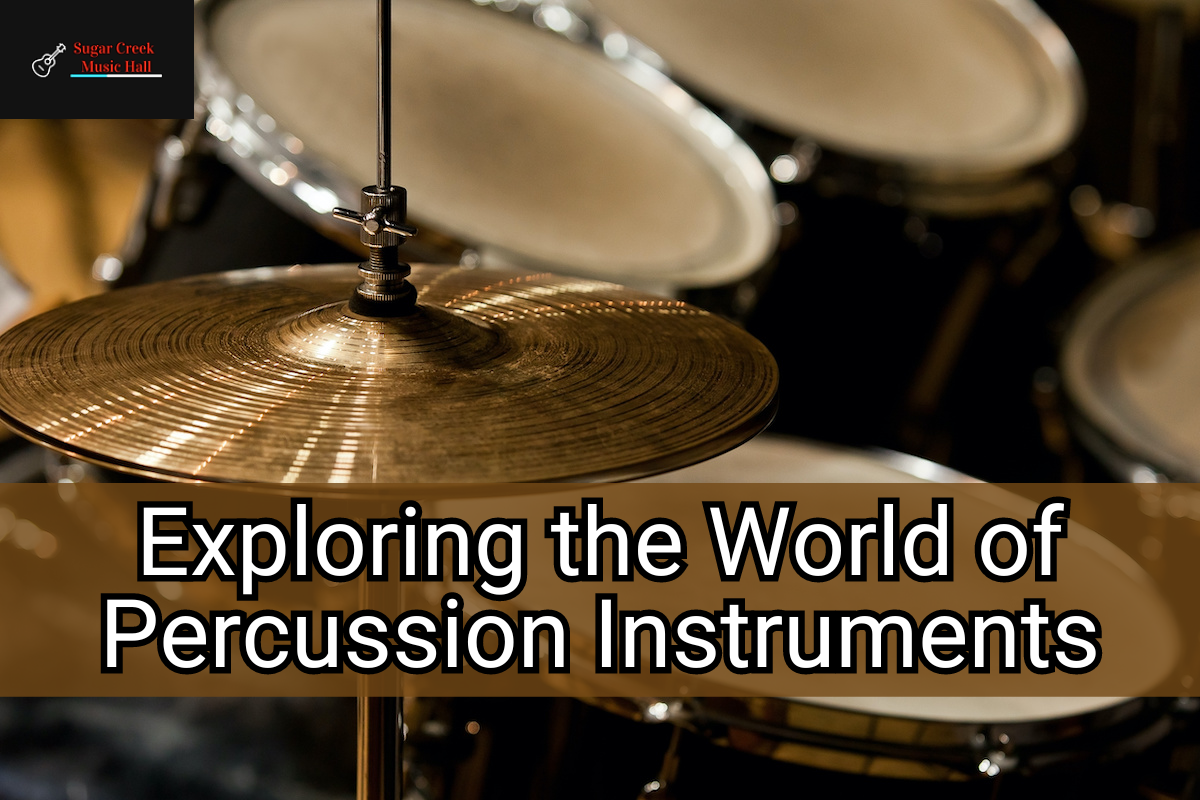Exploring the World of Percussion Instruments: When struck or shaken, sonorous materials in percussion instruments vibrate to make music at different pitches. The tautness of sonorous material determines the pitch of indefinite pitch instruments. Size determines the pitch of a definitive pitch instrument, which is struck in specific areas to produce sound.
History of Percussion
Drums have appeared in many theatre performances before 6000 B.C. Basic drums were made from anything that made a sound. Drums gradually became more detailed. Percussion instruments have long been used to send messages and symbolise tribal royalty in Africa. Drums helped soldiers send coded messages and instructions across long distances during the Renaissance in Europe.
Percussion instruments scrape, pluck, strike, or shake. All drums and bells are percussion instruments. The main percussion family is divided into pitch-producing and pitch-less instruments. Bongos, snares, pancake drums, buffalo drums, and more are percussion.
Cymbals, maracas, rain sticks, woodblocks, castanets, triangles, bells, and shakers are also percussion. Drums can be played by anyone with rhythm and little musical training. You can also make percussion sounds without instruments. A hand drum can be made from almost anything, including kitchen pots and pans or a recycle box.
Percussion Instruments
Timpani
- Timpani are kettle drums. These large copper pots have plastic or calf-skin drum heads.
- Timpani can play different pitches and need tuning.
- Drum heads can be loosen or tightened to change timpani pitch.
- Orchestras use these drums for melody, harmony, and rhythm in various sizes.
- Timpanists hit drum heads with sticks or mallets.
Xylophone
- Asia and Africa invented the xylophone.
- The musician plays the xylophone by hitting its piano-like keys with a mallet.
- Pitch can be changed by the mallet and how it hits the keys.
- The vibraphone, marimba, and glockenspiel are xylophone-like instruments.
Cymbals
- Bronze cymbals are large discs. Untuned percussion instruments vary in size.
- Larger cymbals sound quieter. Cymbals add rhythm and sound effects to an orchestra.
- Cymbals are struck with a brush or mallet to make sounds.
Triangle
- Small metal bar in triangle shape. Larger triangles sound lower.
- Holding the triangle by a string and hitting it with a metal beater is triangle playing.
Snare Drum
- Snare drums are hollow cylinders with plastic or calf skin drum heads on the ends.
- Wire-wrapped strings cover the bottom drum head, the snare.
- When drummers hit the drum head with mallets, brushes, or drumsticks, these strings rattle.
- This untuned percussion piece has no fixed pitches.
- A band or orchestra’s rhythm section relies on snare drums, which produce drum rolls.
Bass Drum
- The bass drum is the largest percussion instrument and makes the lowest sound.
- Bass drums are untuned and built like snares but without them.
- The drummer hits the drum head with felt or sheepskin drum sticks.
Tambourine
- Round tambourines have metal bells or jingles along the wood.
- Tambourines have drum heads with untuned jingles.
- One-handed shaking, hitting, or tapping is tambourine play.
Maracas
- Mexicans invented maracas. These shakers are usually made of gourds, wood, or plastic.
- They hold beads, seeds, beans, or ball bearings.
- Maracas are played by shaking them in the hands.
Gong
- A metal frame holds these massive metal plates.
- Gongs are untuned like cymbals but much larger.
- The player hits the plate centre with a soft mallet to play a gong.
- The strike strength will cause a loud or soft crash.
Chimes
- A frame holds chimes.
- These metal tubes vary in length and size, producing different pitches depending on chime size.
- The player strikes chimes with a mallet.
Castanets
- In an orchestra, castanets click nicely.
- Spain invented castanets, two wood pieces fastened together.
- One-handed castanet play involves pushing the wood pieces together.
- Hand-striking castanets on a wood base is also possible.
Celesta
- Celestas have 49–65 keys like small pianos.
- Pressing the celesta keys with the fingers makes an internal hammer strike a metal bar and make sounds.
- Celesta players can play multiple notes with both hands.
If you like this Article about Exploring the World of Percussion Instruments please share this Article with your friends and family members.
